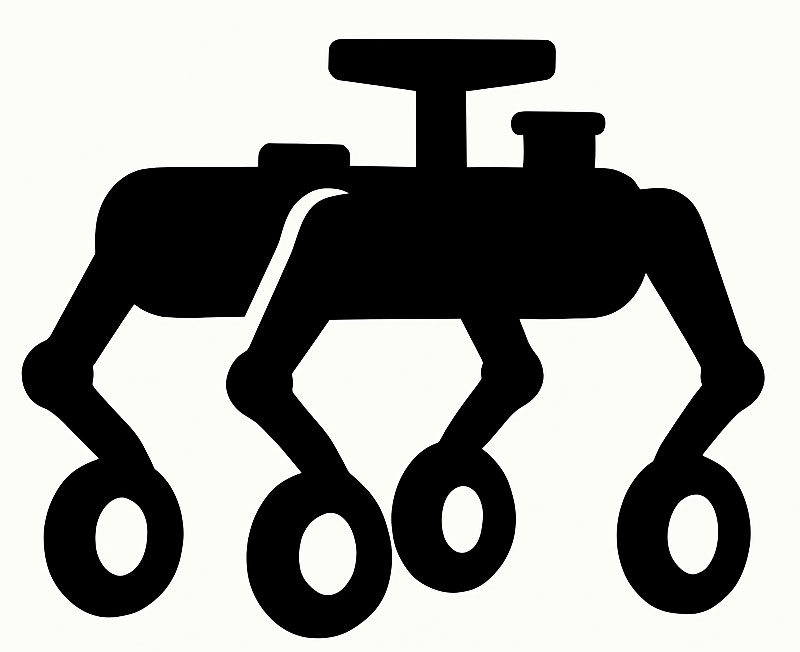

Traditional delivery vans pollute urban air and contribute to traffic congestion— a delivery van can emit 60 times more CO 2 than an electric drone over same distance.
Every day. Canada’s last-mile vans emit over 1,500 metric tons of CO2 just to deliver local packages.

Canada-Wide Last-Mile Delivery CO₂ Emissions Estimate
📦 Estimated Daily Packages Delivered (Canada):
1.2 million packages/day (conservative estimate based on e-commerce volume)
🚚 Emissions Per Delivery Van (Annual):
10,000 to 11,000 lbs CO₂/year per delivery van
(Natural Resources Canada estimate; aligns with USPS and EPA benchmarks in the US)
🔥 Per Package Emission (Estimates):
~0.5 to 1.0 lbs CO₂ per package for traditional last-mile delivery
🧮 Total Annual CO₂ Emissions (Conservative Estimate):
1.2 million packages/day × 365 = ~438 million packages/year
At ~0.75 lbs CO₂ per package →
~329 million lbs CO₂/year = ~149,225 metric tons CO₂/year
10,500lbs
=500gal

Built for complex steps and obstacles. Great for climbing curbs, stairs, and uneven surfaces to get deliveries closer to the door


Designed for speed and efficiency on flat surfaces. Perfect for rapid delivery across predictable areas.


Wheels for speed. Legs for steps, stairs and curbs Adapts instantly, delivering faster, farther, and more reliably across any environment.

Our hybrid-movement delivery robots aren’t just faster and more reliable — they’re better for the environment.
By combining the energy efficiency of wheels with the adaptability of legs, we minimize
unnecessary emissions, reduce energy waste, and lower the environmental impact of last-mile logistics.

Typically, items are delivered by making use of vans driven by a human driver. The items are loaded into the van at a depot. The van then drives from the depot to the address of the recipient of an item. The driver unloads the item to be delivered to the recipient, walks to the door of the recipient, rings the recipient’s doorbell and hands over the item to the recipient. The driver then walks back to the van and performs the subsequent similar deliveries in a designated neighbourhood.
While the above-described process may be satisfactory in some instances, it has drawbacks with regard to greenhouse gas emissions, traffic congestion, efficiency and usage of resources (the time of the driver and fuel consumption).
Our system for street delivery robots & mini neighbourhood storage depot can store multiple items and load them to a delivery robot for final delivery to the designated address.